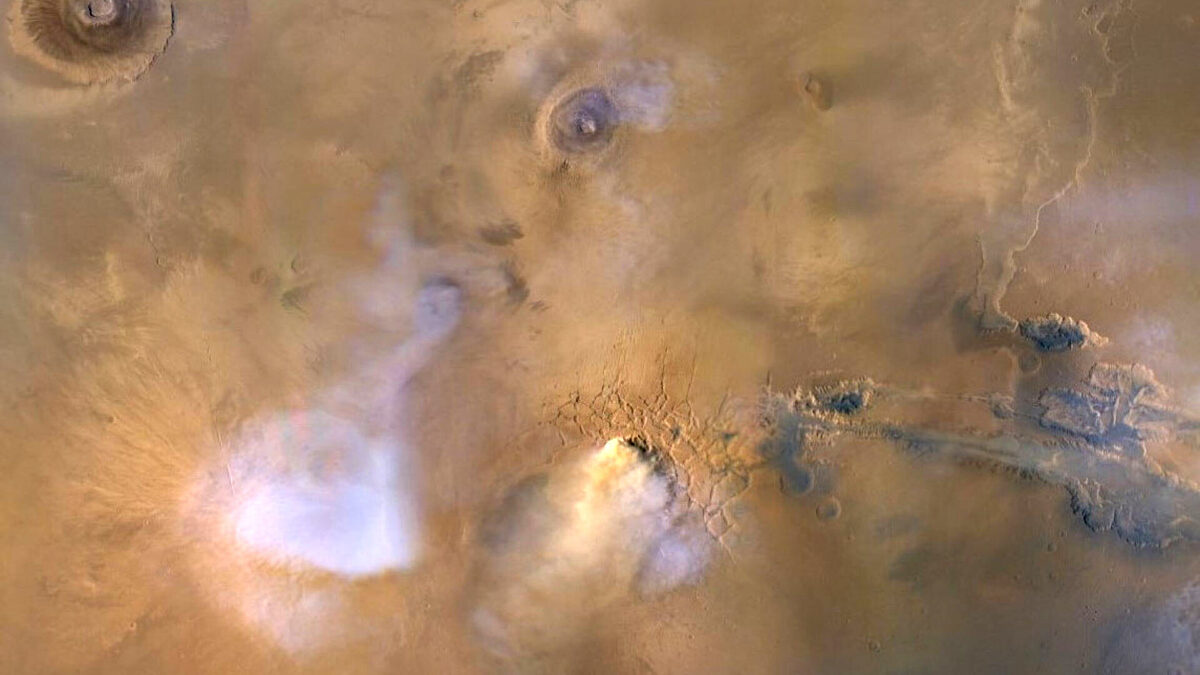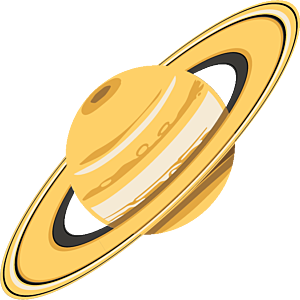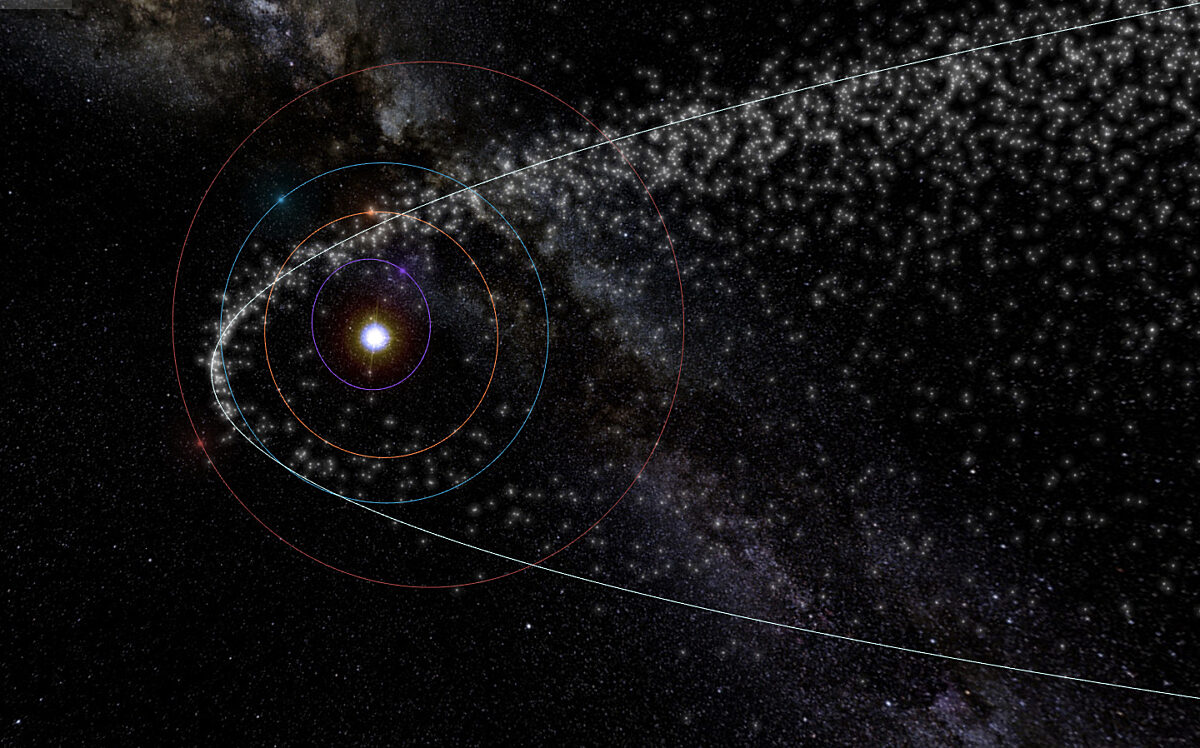The Downlink • Aug 18, 2023
Storms and showers
Space Snapshot

You don’t get rain on Mars, but you do get storms. Seasonal dust storms rage on the red planet, reshaping landscapes and creating odd effects like the one seen at the bottom-center of this image: a tower-shaped cloud of dust rising dozens of kilometers or miles above the surface. The image was captured by NASA’s Mars Reconnaissance Orbiter in 2010. To the left of the yellowish dust tower, you can see blue-white water vapor clouds. Image credit: NASA/JPL-Caltech/MSSS.
You love space, now take action
This weekly newsletter is your toolkit to learn more about space, share information with your friends and family, and take direct action to support exploration. Anyone can subscribe at planetary.org/connect to receive it as a weekly email.
Mission Briefings


Megastorms on Saturn are churning up its atmosphere. Researchers in the United States used data from the Very Large Array to look at radio emissions coming from the ringed planet and found evidence of huge storms that seem to persist for centuries. These megastorms bring ammonia from upper atmospheric layers deeper into the planet in the form of ammonia rain. Pictured: A radio image of Saturn taken by the VLA in 2015. Darker areas represent higher concentrations of ammonia. Image credit: R. J. Sault and I. de Pater.

NASA is hoping that private space stations will replace the ISS. The International Space Station is due to be retired in 2030, but NASA is aiming to have a new, commercially-run station in place two years before that happens. All current ISS partners have committed to support the station until its retirement except Russia, which plans to build its own space station.

NASA is increasing the SLS’s CubeSat-carrying capacity. The Space Launch System rocket, which had its inaugural flight last November, was originally designed to carry small CubeSats along with its main payload, such as November’s Artemis I capsule. Due to the increasing popularity of low-cost, accessible CubeSat technologies, the SLS will now have additional mounting locations that can accommodate more kinds of CubeSats.
From The Planetary Society


Could Earth’s water have formed right along with the planet? It has long been thought that Earth’s oceans, lakes, rivers, and rains were made possible thanks to impacts from icy comets in the early days of the Solar System, but new observations of a planet-forming disk around a distant star suggest otherwise. Giulia Perotti and Thomas Henning from the Max Planck Institute for Astronomy in Germany join this week’s Planetary Radio to discuss their team's research and what it can tell us about the formation of planets like Earth. Pictured: An artist’s impression of the star PDS 70 and its protoplanetary disk. Image credit: NASA, ESA, CSA, J. Olmsted (STScI).
What's Up

In the eastern evening skies look for yellowish Saturn and very bright Jupiter, both getting higher in the sky as the hours pass. Find out what else to look for this month in our August night sky feature.
Wow of the Week

Did you get a chance to see some of last weekend’s Perseid meteor shower? Either way, you might be surprised to see what caused it. The website meteorshowers.org shows astonishing interactive animations of the comet debris fields that Earth passes through to cause each of the year’s annual meteor showers. Pictured is a still from the animation for the Perseids. You can see the orbit of the comet debris in white, and the spot where it intersects Earth’s orbit, shown in blue. Visit the website and zoom out to see just how huge the debris trail is from comet Swift-Tuttle. Image credit: Peter Jenniskens and Ian Webster.
Send us your artwork!
We love to feature space artwork in the Downlink. If you create any kind of space-related art, we invite you to send it to us by replying to any Downlink email or writing to [email protected]. Please let us know in your email if you’re a Planetary Society member!


 Explore Worlds
Explore Worlds Find Life
Find Life Defend Earth
Defend Earth


